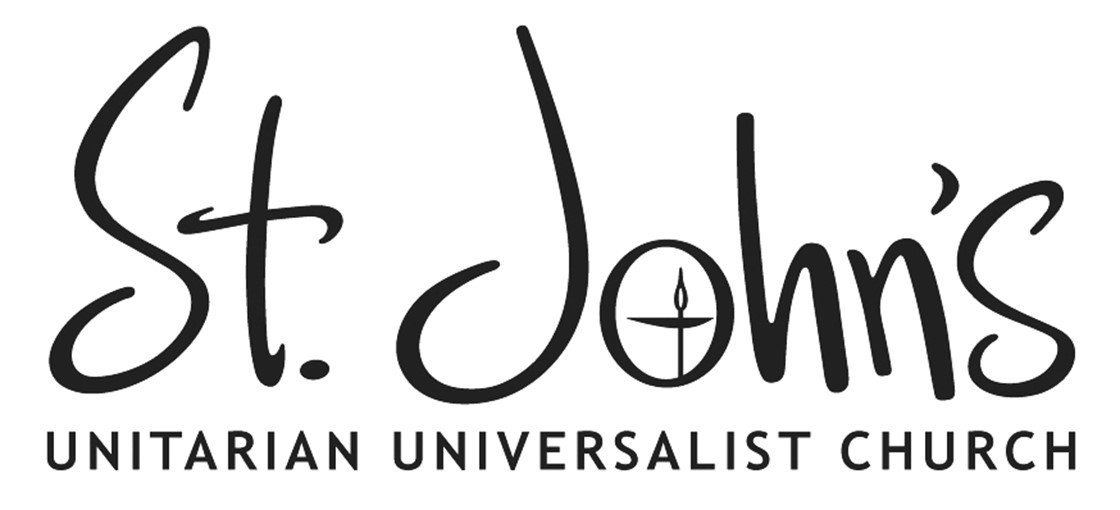Everyone worth his or her salt was heart-broken by the administration’s separation of child from parent at the southern border of the United States. We were likewise befuddled, given its swiftness and apparent decisiveness in removing children, at the same administration’s inability to reunite all the children under the age of 5 with their parents before the court-ordered deadline.
According to CNN, in order to bureaucratically justify the detention of the babies, they needed to be entered into the computer system as “unaccompanied minor.” The parents were then entered into a different system. There was no structure for the systems to talk to each other and no structure was put in place to deal with “unaccompanied minors” who nevertheless have parents. There was an active and perhaps deliberate absence of structure.
In the 1970s, Jo Freeman wrote a prescient article titled, The Tyranny of Structurelessness. Freeman argues that whenever people gather, power will be present whether we acknowledge it or not. When structure is absent and chaos and confusion are created, equality is not the natural outcome. Rather, the powerful are free to operate outside the bounds of accountability. Structurelessness, anarchy, or fully flat organizational models do not provide for any accountability, and thus allow emergence of informal power players.
Put simply: Chaos makes for better bullies.
On the other side of things: My husband once worked for a rather large university. Someone was moving a piece of furniture and it knocked a hole in the wall. Following protocol, he put in one work order to have the hole patched and a second work order to have the wall painted. Well, the painters got there first and painted over the damage only to have the patch job come next. The structure worked with precision. Both workers successfully executed the letter of their job order precisely following procedure. But the system could have benefited from a little more chaos. It would have been better if the painter had felt free to delay following orders, to question if maybe it made sense to paint an unrepaired wall, to pick up the phone, or to just wait and see, to not just execute steps and follow orders.
Put simply: Ridged structure wastes time and disempowers smart people.
What to do?
When in doubt, find the middle way.
A healthy organization will move between the open flow of chaos and a fanatical adherence to the letter of the law. In church, this might look like leadership figuring out how the church structures (committees, policies, facilities) can support the interests of the congregation. If leadership observes a high congregational interest a social justice activity, they should ask how can we use the church structures to safely and effectively facilitate the work of the congregants rather than contain it or control it. Leadership should be more concerned with asking, how do we engage the work of justice knowing that not everyone will be pleased, but trusting that we can keep covenant with each other?
Another example: a useful balance might look like having an exceptional opportunity to have someone special in the pulpit on Sunday, but learning to accept that such a last minute change means going without a printed order of service, and that’s not the same as nor should it be regarded the same as not having an order of service because people could not get their act together to come up with the information.
Above all, finding the right balance means being able to trust that even when it may make me nervous, all is not chaos. Finding the right balance means being able to trust that the structure we do have is operated by people of goodwill in a shared community. Finding the right balance is ultimately about a leadership that earns its trust and a community that learns to trust.
